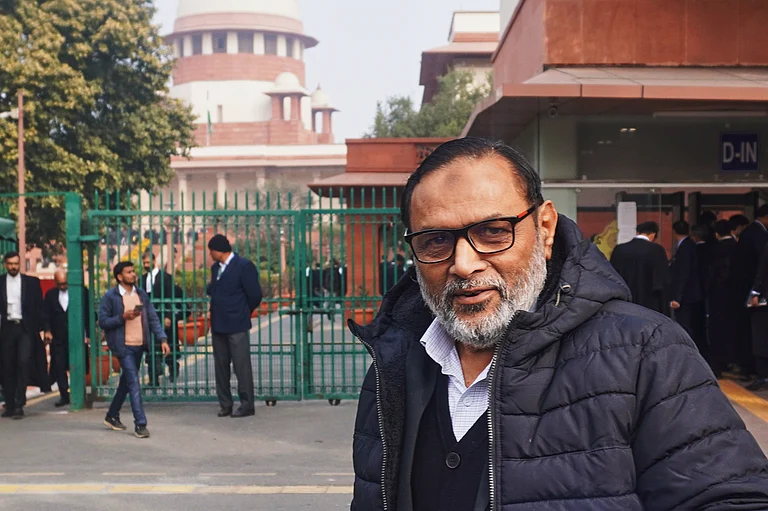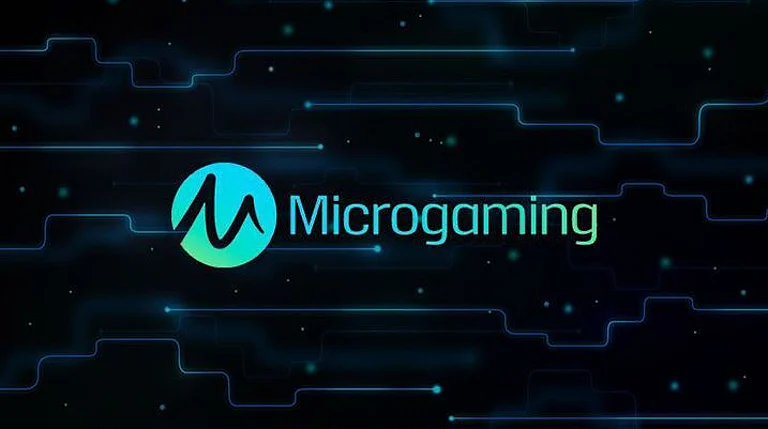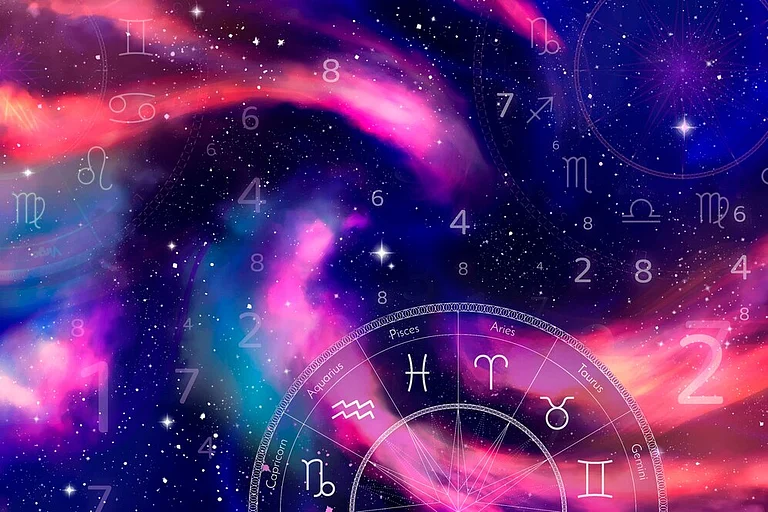The Broadcasting Services (Regulation) Bill, 2023 is the latest in the line of proposed laws that critics say will curb free speech and adversely affect press freedom. The Telecommunications Act, 2023 and Information Technology (Intermediary Guidelines and Digital Media Ethics Code) Rules, 2021 are other such laws and sets of rules.
The Narendra Modi government released the Draft Broadcasting Services (Regulation) Bill, 2023 on November 10 and invited comments from the public. The initial deadline for the comments was December 9, but it was later extended to January 15. The bill seeks to replace the Cable Television Networks (Regulation) Act, 1995.
The existing legal framework only covers television and the regulations for internet-based broadcasting platforms such as YouTube or over the top (OTT) platforms like Netflix and Disney+ Hotstar were piecemeal. While the Ministry of Information and Broadcasting (MIB) has pitched the Broadcasting Bill as a tool to consolidate the laws for the entire broadcasting sector and streamline broadcasting regulations in light of newer technologies, such as direct to home (DTH), internet television, and OTT services, critics say the language also includes digital news portals and thus affects press freedom as well.
While the bill appears to be quite detailed as it runs into 72 pages —compared to the nine-page-long Cable Television Networks (Regulation) Act, 1995— there is a lot of uncertainty and delegation of responsibilities. There are at least 60 instances where the law allows the government to frame rules or policies at a later date after the law has been passed, enabling much Executive control over the law, its implementation, and the final shape it will take.
Govt's Idea Behind Draft Broadcasting Bill
The current legal framework under the Cable Television Networks (Regulation) Act, 1995 only covers television when it comes to the broadcast sector.
Since the law was enacted, the world has changed a lot with the rise of the internet. For years, the OTT platforms like Netflix and Disney+ Hotstart functioned without any regulations. While it was deemed good by free speech proponents —as regulation often becomes synonymous with censorship in India— the Modi government held it as a gap in the framework. As run-ins with OTT platforms over content that critics found hurtful of religious sentiments or obscene continued, the government has been looking for ways to regulate the online space. Hence, the Broadcasting Services (Regulation) Bill, 2023.
Formally, however, the Centre has framed the law as an upgradation exercise where they bring a new law to catch up with the times.
"With the digitization of the broadcasting sector, especially in cable TV, there is a growing need to streamline the regulatory framework. This involves ensuring ease of doing business and enhancing adherence to the Programme Code and Advertisement Code by the broadcasters and Distribution Platform Operators. Recognising the need for a more cohesive approach, the existing fragmented regulatory framework is required to be replaced with a new, comprehensive law," said MIB in a press release at the time the draft bill was published.
The release further said, "The Bill streamlines regulatory processes, extends its purview to cover the Over-the-Top(OTT) content and digital news, and introduces contemporary definitions and provisions for emerging technologies. It seeks to provide for Content Evaluation Committees and a Broadcast Advisory Council for self-regulation, different program and advertisement code for different Broadcasting Network Operators, Accessibility measures for persons with disabilities, and statutory penalties, etc."
How Draft Broadcasting Bill Challenges Independent Media
From the media freedom point of view, the inclusion of digital news in the same category as OTT platforms is concerning.
Moreover, the proposed law says that no broadcast services may be provided without registration with the government. Since the bill's language does not appear to differentiate between the OTT platforms and digital news publishers, it raises the question of whether independent journalists or small outlets running or functioning entirely through YouTube channels or other social media streaming platforms would also require registration. Such a registration-based ecosystem could serve as a gatekeeper and prevent many from getting their voice across.
The real clincher for independent media is in Sections 19 and 20 of the draft bill. Section 19 says that all programming of broadcasters has to be in line with the Programme Code and Advertising Code, which has not been made so far and is one of those instances where the bill gives delegation powers to the government.
The Section 20 (1) says: "Any person who broadcasts news and current affairs programs through an online paper, news portal, website, social media intermediary, or other similar medium but excluding publishers of newspapers and replica epapers of such newspapers, as part of a systematic business, professional, or commercial activity shall adhere to the Programme Code and Advertisement code referred to in Section 19."
This one section has wide-ranging implications for independent journalists. In a piece, Tejasi Panjiar and Prateek Waghre of the Internet Freedom Foundation (IFF) term the clause "overbroad". They say the clause "may have wide-ranging consequences on independent journalists who rely on the digital platforms such as social media to publish news that may typically be viewed as unpalatable to the government".
"This overbroad provision will apply to not only journalists, but even individuals who choose to share news through online blogs or platforms. This clause raises alarm as an individual sharing news on social media platforms may become liable if the broadcaster/broadcasting network, self-regulatory organisation, or a government-appointed council believe that they have not complied with the codes. This may affect online free speech as well as the freedom of journalistic expression of a news broadcaster or an independent news disseminator, whether it is in an organisational or individual capacity," note Panjiar and Waghre.
Moreover, in another provision of the draft bill seen as censorship before censorship, it is said that every broadcaster shall constitute a 'content evaluation committee (CEC)' that shall approve every bit of programming. The membership of the CEC may be defined by the government. In digital media outlets or YouTube-centric outlets, where there are already editors who commission and approve stories, this appears to add another layer of redundancy geared towards second-guessing editorial judgment and having internal censorship before external censorship comes into play.
Moreover, independent journalists, many of whom are single-person teams doing all the scripting, recording, editing, and uploading, constituting such committees is simply not possible as there is no one else in their team!
About the draft bill, digital news content creator Meghnad S said at a meeting organised by Digipub, a collective of digital media outlets, that the language of the bill has blurred the difference between journalists and content creators. He said that language is such that anyone doing social commentary online, including comedians, Instagram meme pages, and even those running WhatsApp communities, could face the same restrictions proposed for news media, according to The Wire.
Meghnad's point referred to the wide-ranging meaning of 'news and current affairs programmes' in the draft bill: "Newly-received or noteworthy audio, visual or audio-visual programmes or live programmes, including analysis, about recent events primarily of socio-political, economic or cultural nature."
Controversial Grievance Redressal Mechanism
In a replication of the grievance redressal mechanism imposed under the Information Technology (Intermediary Guidelines and Digital Media Ethics Code) Rules, 2021, the draft broadcasting bill also envisions a three-tier regulation framework:
- Self-regulation by broadcasters
- Self-regulation by broadcaster organisations
- Regulation by government body named Broadcast Advisory Council
In the BAC, the Chairperson will be an "eminent independent person with not less than twenty-five years of experience in the fields of media, entertainment, broadcasting and other such relevant fields". The Chairperson will be joined by five government officers from the Ministries of Information and Broadcasting; Women and Child Development; Home Affairs; External Affairs; and Social Justice and Empowerment. There will be five more persons nominated by the government.
With members hand-picked by the government, including the so-called eminent persons, there are concerns that the government would fill the committee with loyalists and they would do the bidding of the political leadership.


























